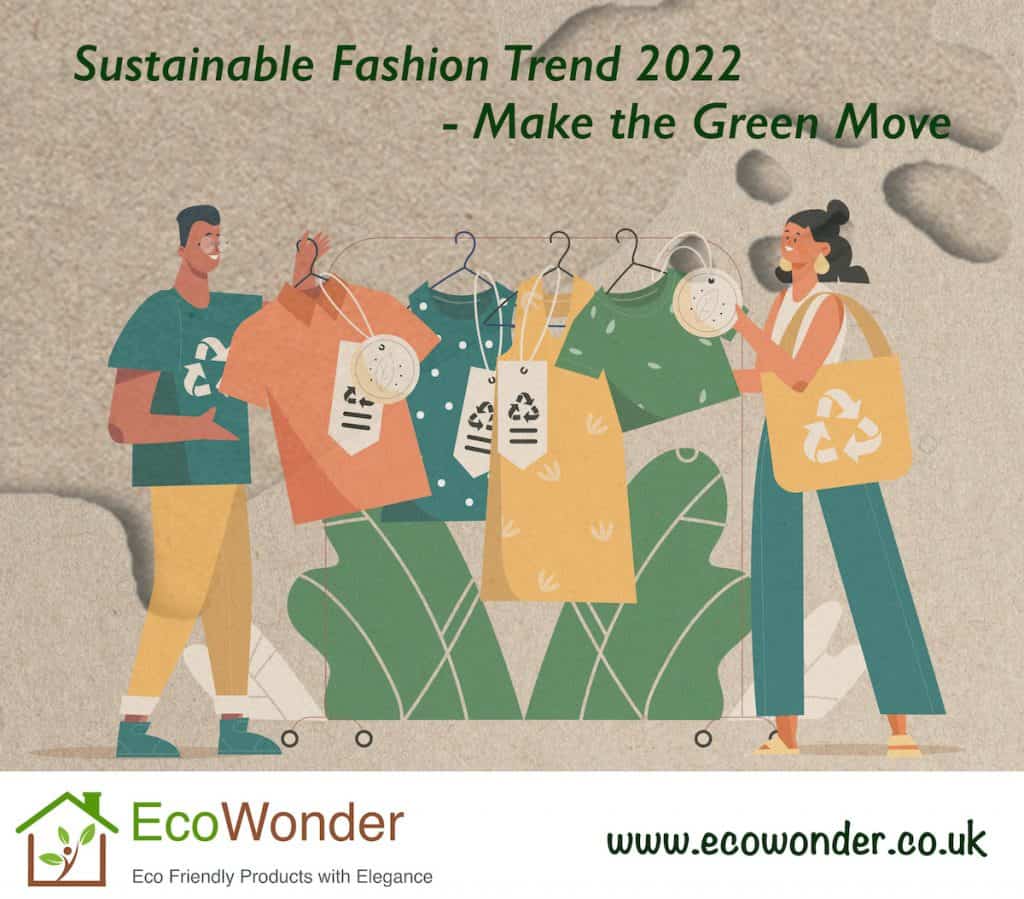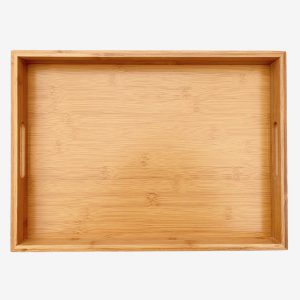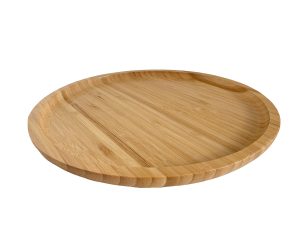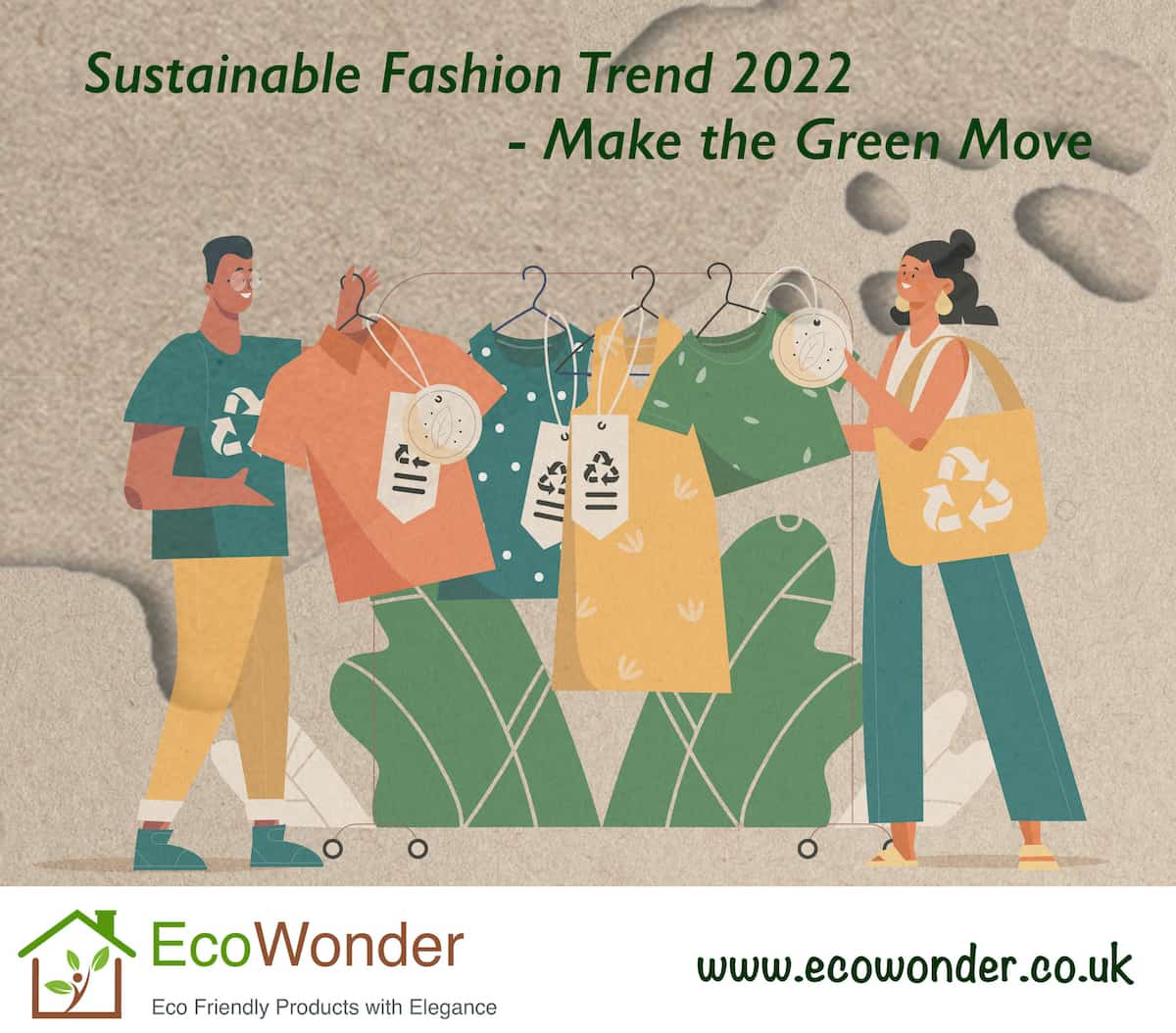Sustainable fashion is deliberately incorporating fashionable yet eco-friendly clothing into everyday life. A trend that has surged in popularity over the past decade, it has become an important topic that needs to be addressed to preserve our environment from the devastating consequences of mass production clothing manufacturing.
Sustainable fashion can take many forms and will continue to evolve as its popularity increases. Luckily, there are some excellent emerging sustainable fashion trends that you can start incorporating into your lifestyle now! This article will explore ten emerging sustainable fashion trends and how you can begin implementing them into your life today!

1. Metaverse Fashion
In the Metaverse, digital fashion is taking over. Brands can now experiment with new materials, colours, and patterns that wouldn’t be possible in the physical world. As a result, sustainable fashion is becoming more and more popular.
The most significant impact of this trend is the shift from disposability to durability, which has had an incredible impact on our environment. Clothes can also self-clean, self-repair, and self-style themselves. Metaverse fashion has made it, so clothes never need to be thrown away or put in a landfill. They will stay the same for years to come.
2. Recyclable textiles
Recyclable textiles are a great way to be more sustainable, as they can be used repeatedly without waste. Polyester yarns, for example, come in different weights that allow for various recycling levels. A process called ring spinning makes it possible to recycle polyester yarns repeatedly without breaking down the polymer chains within them. With each new use of recycled yarn, there is less energy required for processing and production than virgin materials because much of the energy is conserved from previous uses. As long as the textile is not cut or torn during use, it will last virtually forever.
3. Rental Market
There’s a growing trend of people wanting to rent clothes instead of buying them. This is especially true for fashion-conscious millennials who want to stay up to date with the latest trends without breaking the bank. The rental market is expected to grow significantly in the next few years, so now is the perfect time to get involved.
As consumers shift from owning to renting clothing items, designers will be forced to adjust their business models accordingly. With shorter ownership periods, brands must rethink how they operate and produce apparel.
Designers must also consider how customers perceive price points based on ownership periods when designing collections. And don’t forget about those quality issues that always come up with rented clothing – some say you’re taking your chances if you rent expensive pieces because of potential wear and tear over the rental period.
4. Reusable Packaging
As the world moves towards a more sustainable future, fashion is also starting to change. In 2022, reusable packaging will be one of the biggest trends in fashion. Companies are shifting from plastic wrapping and cardboard boxes to recyclable materials such as biodegradable cellophane, paper, or wool liners for apparel products.
The garment industry is already looking into alternative ways to package their products so that they can reduce waste and save money. These packages are earth-friendly and versatile enough for all budgets and lifestyles. For example, some companies use paper envelopes sealed with glue or string instead of plastic bags, which can’t be recycled with the garment itself when they’re done with it.
By using these materials rather than traditional ones, clothing manufacturers will have lower costs and less waste created by their company – making them sustainable too.
5. Local production
A new sustainable fashion trend is on the rise for 2022. This move towards green fashion is driven by a desire to reduce the fashion industry’s carbon footprint. By producing clothing locally, we can eliminate the need for transportation of goods, which reduces emissions. Additionally, local production supports the economy and provides jobs.
When designing with this sustainability goal in mind, designers should try to use fabrics made from natural fibers like cotton or wool. They may also want to consider using vegetable-based dyes that are kinder to the environment than synthetics. In addition, they may want to limit production runs to avoid overproduction and waste.
6. Fashion On-demand
It’s a new way to shop for more sustainable and convenient clothes. Brands get their products into people’s hands faster so they can start wearing them before the season is over; customers don’t have to go store-to-store looking for clothes that fit their needs; everything is customizable, and there are no worries about it being the wrong size because all you need is your phone.
The brands email or text you what you want and when you want it as if it were on demand. The only catch is that this system also works for unwanted items, meaning that if an item doesn’t sell in stores, the company won’t make any more of those items.
7. Transparency
Transparency is critical in any thriving business because it builds trust between companies and consumers. For the sustainable fashion industry to grow, there needs to be more transparency among brands, designers, and retailers. Consumers should know where their clothes come from and how they were made.
Furthermore, they should be able to find this information quickly and without having to dig too deep. Brands must be more forthcoming with this information if they want sustainable fashion to become the norm. Not only do customers deserve this type of knowledge, but it also enables them to choose better products that will last a lot longer than the cheaply-made alternatives.
8. Smart Fabrics
In the world of fashion, smart fabrics are creating a buzz. These fabrics have been developed with innovative technology and can perform various functions. For example, some smart fabrics can regulate body temperature, while others can monitor heart rate or provide UV protection. By incorporating these fabrics into everyday clothing, we can stay comfortable and safe while lowering our environmental impact.
We’re seeing this trend in modern dresses made from sustainable materials such as organic cotton and recycled polyester. Some dresses even feature built-in cooling panels for warm days! Other brands are starting to use silk made from plastic bottles for a soft texture without harming the environment. As more brands create clothes using sustainable materials, it’s becoming easier for consumers to find fashionable clothes that don’t harm our planet.
9. Less Harmful Dyes
With the increasing awareness of the fashion industry’s impact on the environment, many designers are beginning to use sustainable practices. One of these practices is using less harmful dyes in their garments.
Some dyes can be very harmful to both the environment and the people who wear them. These dyes can release toxins into the air and water, polluting both. They can also cause skin irritations and other health problems for those who come in contact with them.
By switching to less harmful dyes, designers can help reduce pollution and protect those who wear their clothes. Additionally, sustainable dyes tend to be more colorfast, meaning they won’t fade as quickly.
Another benefit is that many of these dyes have a lower cost than traditional ones, meaning consumers will have more money left to buy additional items. Overall, this trend offers a great opportunity for fashion brands to make their products more environmentally friendly while still being affordable and stylish.
10. Circular Fashion Model
The circular fashion model is a new way of thinking about the fashion industry that considers the entire lifecycle of a garment. From production to post-consumer, the circular fashion model aims to close the loop on clothing waste and keep garments in use for as long as possible. This approach is not only more sustainable, but it also saves money and resources in the long run. Here are seven reasons why the circular fashion model is trending in 2022:
1. It’s more sustainable.
2. It saves money.
3. It conserves resources.
4. It’s better for the environment.
5. It reduces waste.
6. It prolongs the life of clothing items.
7. It allows consumers to make ethical purchases.
A circular fashion model ensures that materials are utilized at every stage by extending their life cycle and avoiding disposable or fast fashion trends.
Key Takeaways
As you can see, there are many sustainable fashion trends for 2022. And, with some creativity, you can easily find ways to incorporate these trends into your wardrobe. By doing so, you’ll not only be fashionable, but you’ll also be helping to save the planet.
So, in 2022, make the green move and choose a sustainable fashion trend. We can all work together to save our beautiful world by taking these steps and doing our part. Just think of what life will be like for your children if we do!






